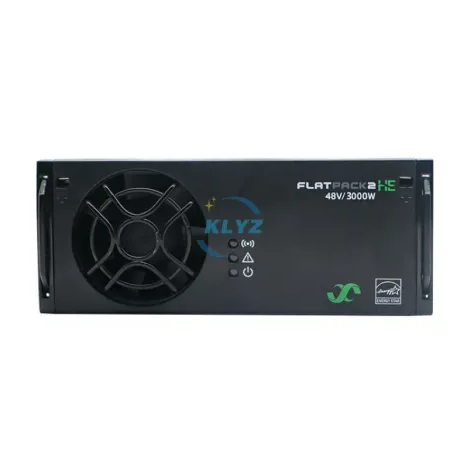What are Functions and Types of Rectifier Modules
A rectifier module, also known as a rectifier, is an electronic device that converts alternating current (AC) to direct current (DC). It is a crucial component in many electronic systems, from power supplies to industrial machinery. In this article, we will explore the function and types of rectifier modules.
Function of Rectifier Modules
The main function of a rectifier module is to convert AC to DC. This conversion is important because most electronic devices require DC power to function. AC power is the standard form of electricity supplied to homes and businesses, but it must be converted to DC power before it can be used by many electronic devices.
A rectifier module works by using a diode to allow the flow of current in one direction only. When AC power is supplied to the rectifier module, the diode only allows the positive portion of the waveform to pass through, blocking the negative portion. in a pulsating DC waveform that is not smooth and has a large amount of ripple. The ripple can cause interference in electronic systems and can even damage components if it is not filtered out.

Types of Rectifier Modules
There are two main types of rectifier modules: half-wave rectifiers and full-wave rectifiers.
A half-wave rectifier only allows the positive half of the AC waveform to pass through, resulting in a pulsating DC waveform with a large amount of ripple. This type of rectifier is not commonly used because of its high ripple factor and low efficiency.
A full-wave rectifier, on the other hand, uses both the positive and negative portions of the AC waveform to produce a smoother DC output with less ripple. There are two types of full-wave rectifiers: center-tapped and bridge rectifiers.
A center-tapped rectifier uses a transformer with a center-tapped secondary winding to produce two identical output voltages that are 180 degrees out of phase with each other. The two output voltages are then combined to produce a single DC output voltage. Center-tapped Rectifiers are simple and inexpensive, but they are not very efficient because they waste half of the power in the transformer.
A bridge rectifier uses four diodes to produce a DC output voltage that is the absolute value of the AC input voltage. The output voltage is still pulsating, but the ripple is smaller than that of a half-wave rectifier or center-tapped rectifier. Bridge Rectifiers are more efficient than center-tapped rectifiers because they use all of the power in the transformer.
Applications of Rectifier Modules
Rectifier modules are used in a wide range of electronic systems. They are commonly found in power supplies, where they convert AC power from the mains into DC power that can be used by electronic devices. They are also used in motor control systems, where they convert AC power from the mains into DC power that can be used to control the speed and direction of motors.
Rectifier modules are also used in welding machines, where they convert AC power from the mains into DC power that can be used to weld metals together. In this application, it is important to have a smooth DC output with low ripple to ensure high-quality welds.
HE Rectifier modules are an essential component in many electronic systems. They convert AC power to DC power, which is necessary for many electronic devices to function. There are two main types of rectifier modules: half-wave rectifiers and full-wave rectifiers. Full- wave rectifiers can be further divided into center-tapped rectifiers and bridge rectifiers. Each type has its own advantages and disadvantages, and the choice of rectifier module depends on the specific application.
- Category:
- Business
- 4 Mar, 2023
- 1873 views
- No comments




